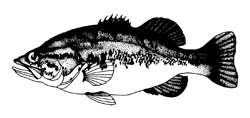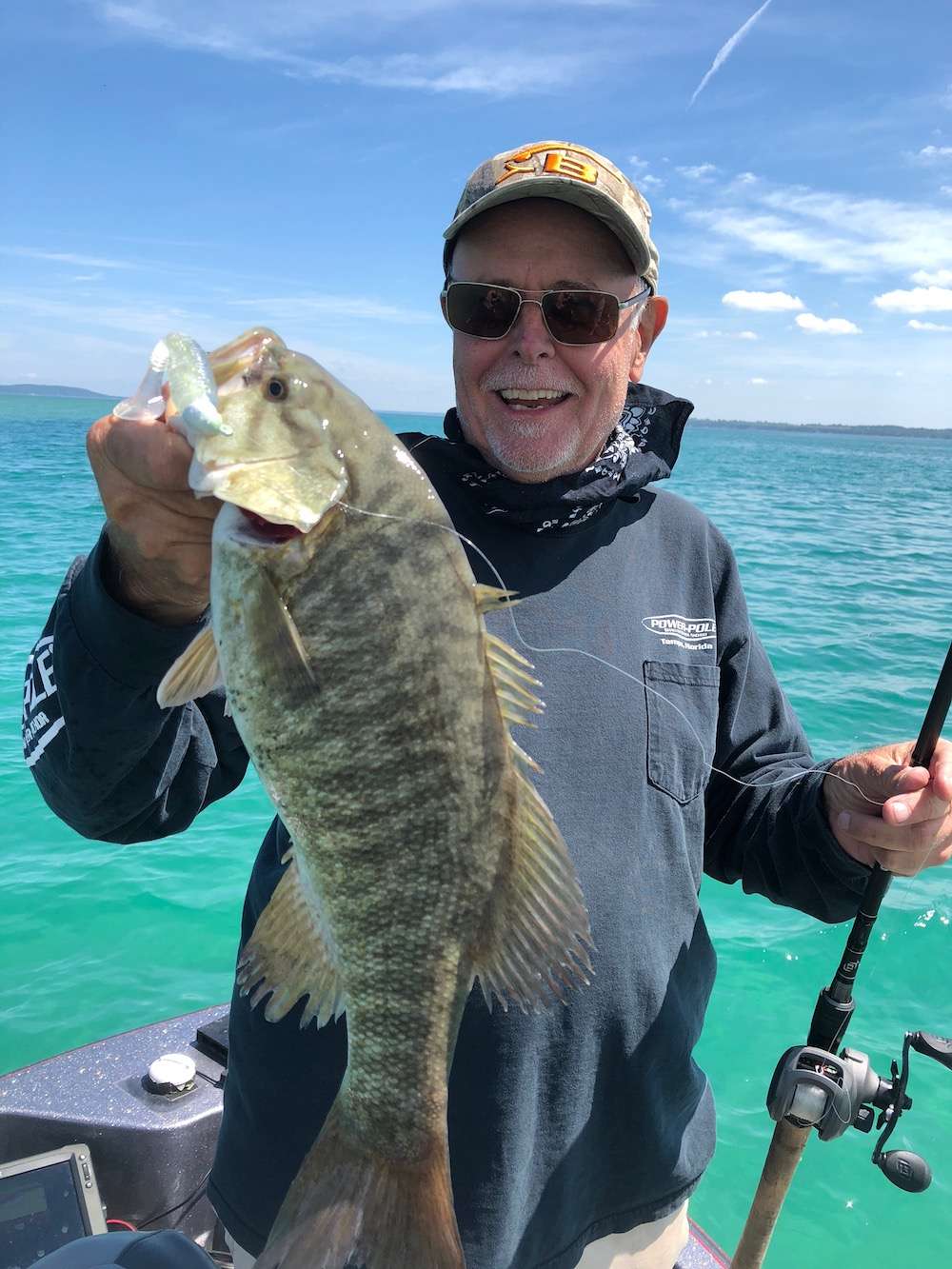
About bass
Black bass are widely distributed in North America, occurring in every state of the United States except Alaska. Several species and subspecies exist, but these three are most important: Largemouth Bass. The scientific name for the largemouth is Micropterus salmoides. It has a very large mouth and a large upper jaw that extends behind the eye; its color ranges from green to black. Largemouths prefer shallower, warmer water than the other species and are most at home in weeds and other thick cover such as brush and timber. Their diet is primarily baitfish, although they will eat practically anything they can swallow. The world-record largemouth weighed 22 pounds, 4 ounces; most state records are between 10 and 14 pounds.Smallmouth Bass. (Micropterus dolomieui). The smallmouth is more bronze or brown in color than the largemouth, and its side markings look like vertical bars. Also, it has a smaller mouth than the largemouth, and its jaw does not extend beyond the eye. Smallmouths prefer deeper, clearer, cooler water with rocky structure. Crawfish and insects are mainstays in their diet, but they do eat baitfish when available. The world-record smallmouth weighed 11 pounds, 15 ounces, and most state records are between 7 and 9 poundSpotted Bass. (Micropterus punctulatus). These fall between largemouths and smallmouths in many respects, including appearance and preferred depth, temperature and habitat. Spotted (or “Kentucky”) bass do not grow as large as the largemouth, and unlike the smallmouth, do not have vertical bars on their sides. They have smaller mouths and jaws like the smallmouth, but are marked with rows of spots below the lateral line. They swim in schools more frequently than the other two black bass and can often be found around deep, rocky structure. The world-record spot weighed 9 pounds, 4 ounces. A trophy in most areas where they are found is 5 pounds.
Back to basics — Table of contents

